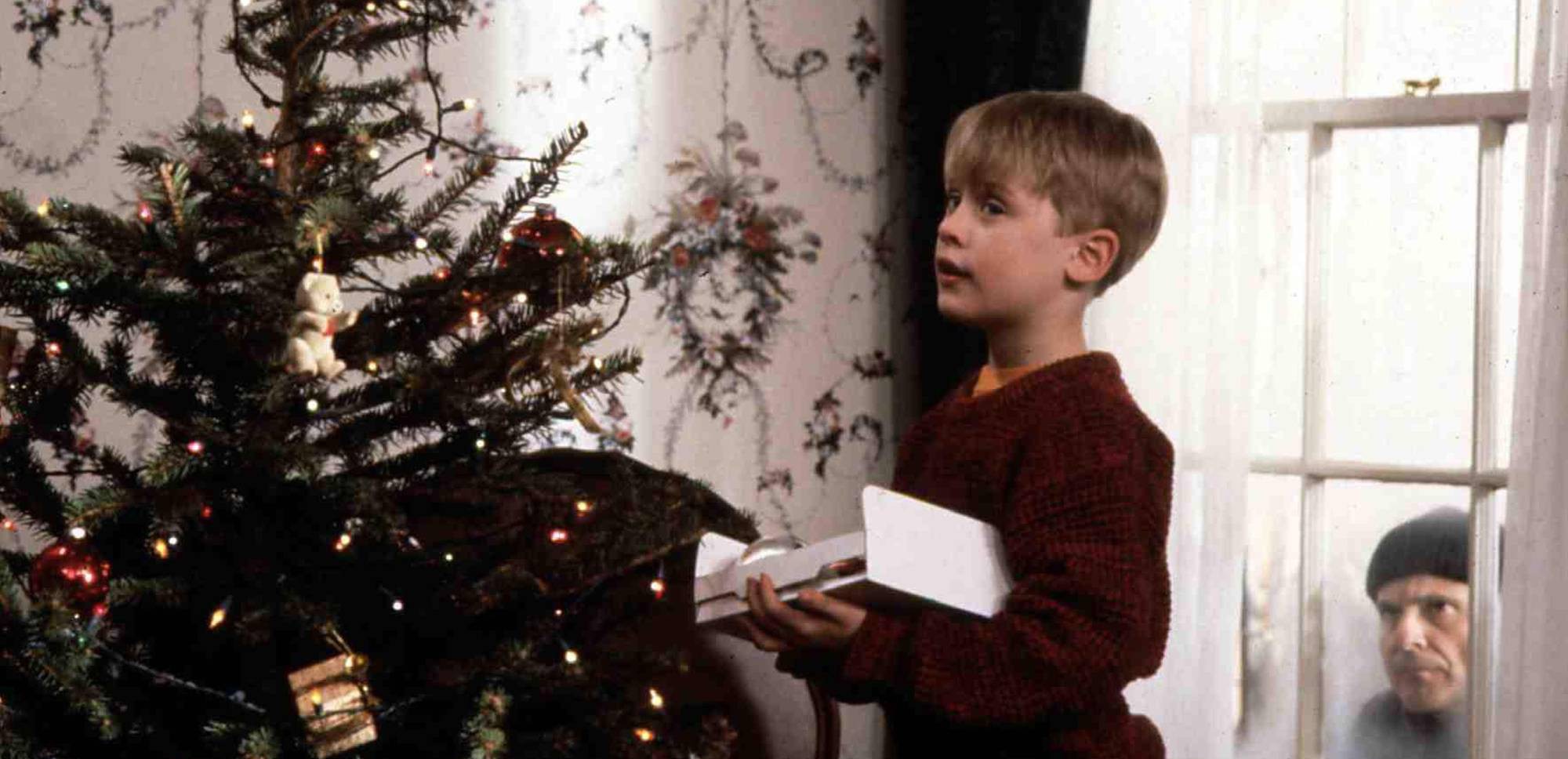The Christmas holidays are here. A season that, as it could not be otherwise in 2020, we have to celebrate within the new normality. But at People we don’t want to focus on how the Covid-19 virus will make hydroalcoholic gel more popular than champagne.
We want to take advantage of this article to celebrate everything that is happening these days in many places around the world. We want to talk about parties and diversity, a diversity that should be latent in corporate culture. Teams and professionals of all habits and ideas, also at Christmas.
A Christmas world tour
Did you know that in Canada, the postal service knows Santa’s address? There, children can send their letter directly to him, knowing that their wishes will reach the hands of the bearded man in charge of their gifts. And the company itself opens the letters and answers them. Can you imagine the face of any child opening a letter from Santa Claus himself?
Beyond the beloved Claus, in other countries they are visited by other characters. In Germany, Austria and some Eastern European countries they have Krampus: a kind of demon half goat half human who wears chains and punishes children who have been bad. In Spain, on the night of January 5th, the three Wise Men are in charge of bringing the presents to the children.
In Norway they believe that Christmas Eve coincides with the arrival of evil spirits and witches, so they hide all their brooms before going to sleep so as not to help these demons move around.
In some companies there are no spirits or witches, but there is a tendency to give “good children” gifts: incentives, profit sharing, Christmas hampers… even some lottery tickets or a couple of extra holiday days to spend with the family. Or they can poll their employees in order to write their own “wish list”.
Around the world in eighty Christmas celebrations
And what is it like to celebrate these holidays in the summer? This is what happens in Australia and New Zealand. In New Zealand, instead of decorating a pine tree, they decorate a native tree, and in Australia they decorate the house with flowers that grow during the summer season. Of course, the carols there talk about how Santa Claus is dressed “cooler” and his sleigh is pulled by kangaroos instead of reindeers.
In Mexico and other Latin American countries, the Posadas are held. During the nine days before Christmas, they recall the pilgrimage of Mary and Joseph from their departure from Nazareth to Bethlehem, where they sought a place to stay and wait for the birth of Baby Jesus. On this feast they also break piñatas in the shape of a seven-pointed star (representing the seven sins) while blindfolded (representing faith).

Is it important to take into account the beliefs of each professional? Work ethic says yes. Some periods of the day or year are especially sensitive to certain lifestyles. Companies that are aware of the more practical diversity (“time to pick up the kids from school”) can also be aware of the more spiritual one (for example, some breaks for prayer or holidays outside their country’s calendar).
Good riddance, 2020. Hello 2021!
Originally from Spain and now also adopted by many Latin American countries, on the night of December 31st it is customary to eat 12 grapes, one after each chime that will bring luck to each month of the new year. In Italy and Chile, for example, instead of grapes they eat lentils to bring luck.
In many places in Brazil, the New Year celebration is centred on the sea. When midnight comes, the Brazilians, dressed in white, jump over the waves seven times in a row to attract good luck. They also leave various offerings, such as flowers and candles, on the seashore. It is said that if the offerings are washed ashore, a year will come laden with good news, but if they stay on the sand, they may not be lucky. And the celebration is full of fireworks.
In India the arrival of the new year (Diwali) is celebrated with the Rangoli, which is based on the creation of different figures and drawings filled with different coloured powder, in such a way that it creates a set of very joyful and festive colours. At the heart of these drawings, oil lamps are placed to illuminate them.
One of the most famous celebrations is the Chinese New Year, a tradition of more than 3,000 years that is governed by the cycles and phases of the moon, so there is no exact date. In their celebration, they display one of their most characteristic symbols, the Dragon. Lamps and lanterns flood the streets, which are decorated in red, symbolising protection and good luck.
Inclusion and diversity Ho Ho Ho
Each country and culture have their own traditions for celebrating these holidays. It’s important that society in general, and companies in particular, understand that nowadays, in the globalised world we live in, traditions cross borders and are no longer restricted to their original territory.
It is also worth mentioning that, despite the differences, there are things that change us wherever we are. These are days to be spent with family and loved ones, in which love and enthusiasm are shared between copious meals and toasts to the new year to come.
Although circumstances this year force us to change our habits a little, and the safety distance makes us be farther away from each other, we are sure that the spirit of these days will be present in the smiles behind the masks.
This year even Mr. Ebenezer Scrooge has given his employees some days off.
Happy Holidays!


